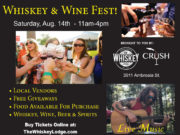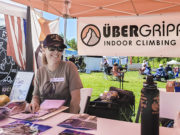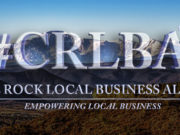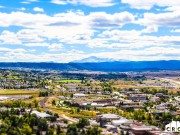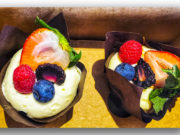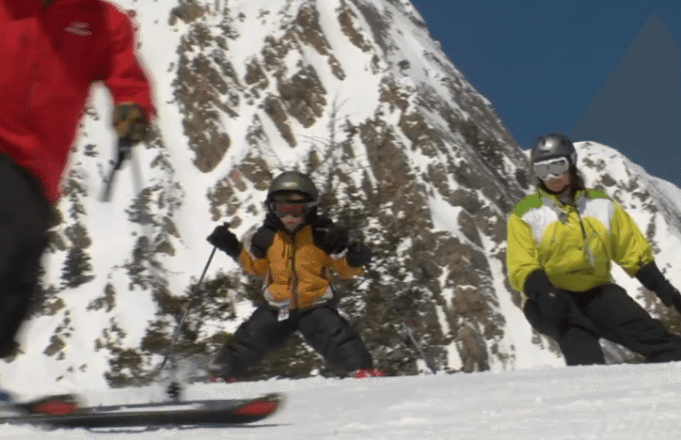There are few activities more fun than spending a day on the slopes with your family. All it takes is a little planning ahead and you and your kids will have a great time. If you are patient and diligent, you can teach your children to ski and/or ride yourself but lessons from an instructor can reap big benefits even though it costs more. A blend of both DYI and professional instruction will likely reap the best results and put your child on the correct path toward a lifetime of fun on snow. Today, we’ll discuss some of the things you’ll want to do and consider if you are going to be your kid’s instructor.
First-time experience
- Spring is a great time to take your kids up to mountains for their first ski/ride experience because the weather tends to be warm and sunny. Being cold is no fun for anyone, regardless of how young or old you are. So even though we are headed toward more spring-like conditions, make sure your kids have the proper gear. Spend the extra couple of bucks on quality mittens and gloves. Put a couple of hand warmers in your pocket in case their hands get cold (if their mittens and gloves don’t have a hand-warmer pocket, put the warmer on top of their hands, not in the palm). Toe warmers can also save the day in severe weather conditions.
- There are a few tools you’ll want to have to help your kid learn the ropes quicker and make the experience a better one for you as well. Most little kids don’t have their own equipment and renting is always a good idea until they have pretty much stopped growing or you have more than one child that can take advantage of the hand-me-down equipment. It’s always going to be more expensive to rent on the hill than in town so check out the local prices before your ski/ride experience. Renting in town vs. on the mountain also gives you more time on the mountain because you’re not waiting in line to get fitted with your gear.”
- Little kids can get a sour taste for skiing or riding because the equipment is hard to navigate and they are all bundled up in snow clothes that can constrict their movements. We often suggest parents let their kids wear their boots around the house and back yard before you have them tromp through the parking lot to the lifts. Make it fun and they will want to wear those big boots every day.
Teaching tips
- Most ski schools will put little kids on skis before they begin snowboard. Indeed, skis will start at 70cm while most snowboards will start at 100cm. It’s just generally easier to teach little ones the skills they’ll need on sticks first and then move to the planks.
- Before you head to the ski slopes, find out when your child eats lunch at school. We learned this the hard way. Every time we went skiing, our daughter would bonk at 11 a.m. It didn’t matter whether we made the first chair or whether we started our day at 10:30 a.m. Eventually we figured out that she ate lunch at 11:00 at school every day. We worked our day around an 11:00 break and everyone was happy from then on. Keep your sessions short – no more than an hour or so — and give your kids plenty of rest-stops and breaks.
- Most ski resorts have bunny hills you can access to get your kids acquainted with skiing and riding and many are free for kids under 5. Magic carpet rides up a slight slope are tons of amusement and that makes going down even more fun for them. The slopes are gradual and not very long but they can get the hang of it in a controlled and easy environment.
- You might want to consider using Wedgy-Edgy clips to help them keep the tips of their skis in a pizza wedge and will help them learn how to snowplow. Knowing the lingo also helps. Telling them to “hug a bear” will keep their hands up and in front of them, which will help them stay balanced. “Pizza-wedge” is kid-lingo for snowplow and “French fries” translates to a parallel stance.
- Keep in mind the cognitive skills of your child. A four-year-old might not be able to distinguish left from right but he/she will likely be able to discern different colors. Try putting a color swatch, patch or mark on each glove or mitten to help them figure out what way you want them to turn. “Go green, Tommy” or “Head red, Sally.”
- Harnesses can also be helpful when it comes to helping your child stay in control. There is nothing scarier than watching your kid fly straight down the hill at breakneck speeds when there are other people criss-crossing on the hill.
- Remember, this is about them and it’s about having fun. Don’t count on a big day on the hill. But that doesn’t mean you won’t have fun. The joy of seeing your child experience something you love and helping them love it just as much is very rewarding. And it won’t be long before they will be out-skiing and out-riding you on the big hill.
Stay tuned for Part II of our “Teaching Kids to Ski/Ride” feature when we lay out ins and outs of putting your kids in ski/ride school.


